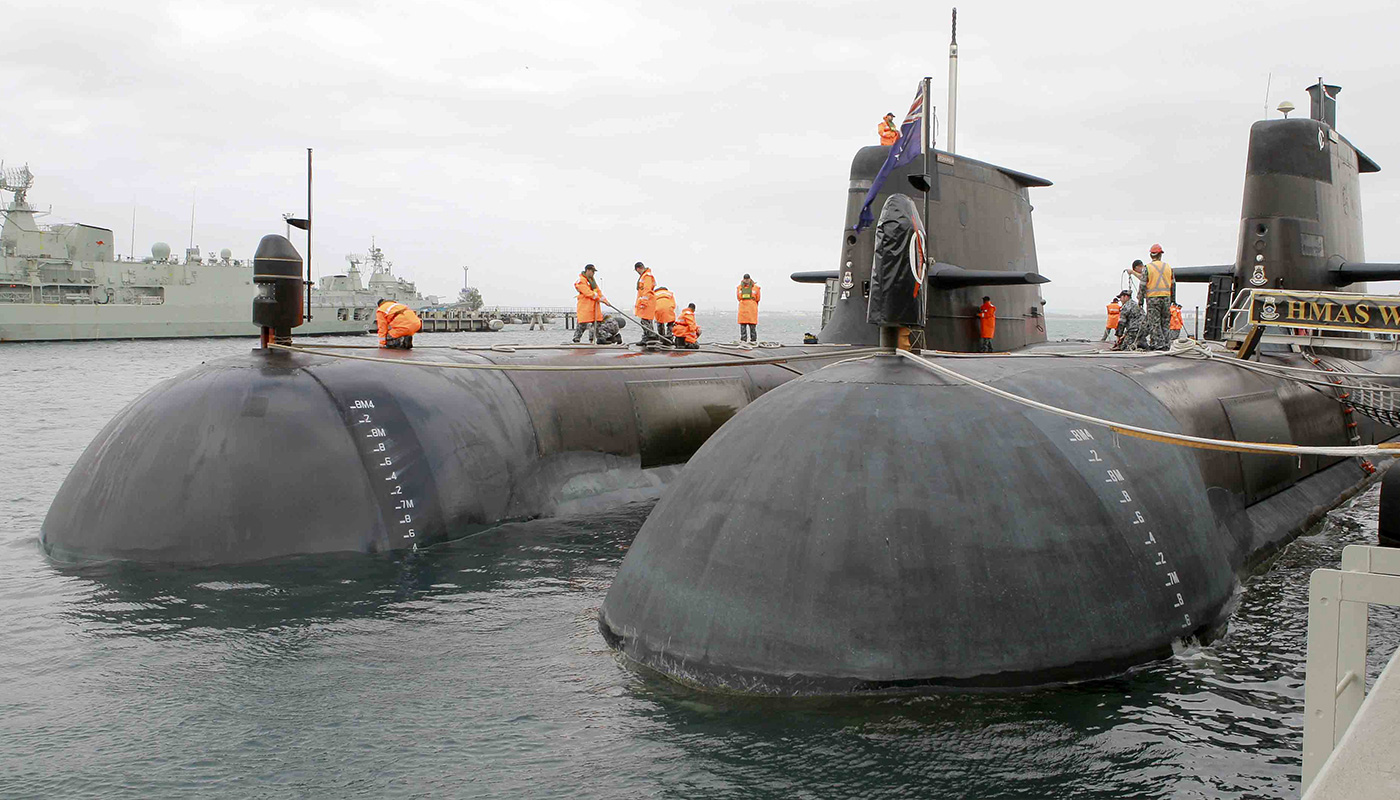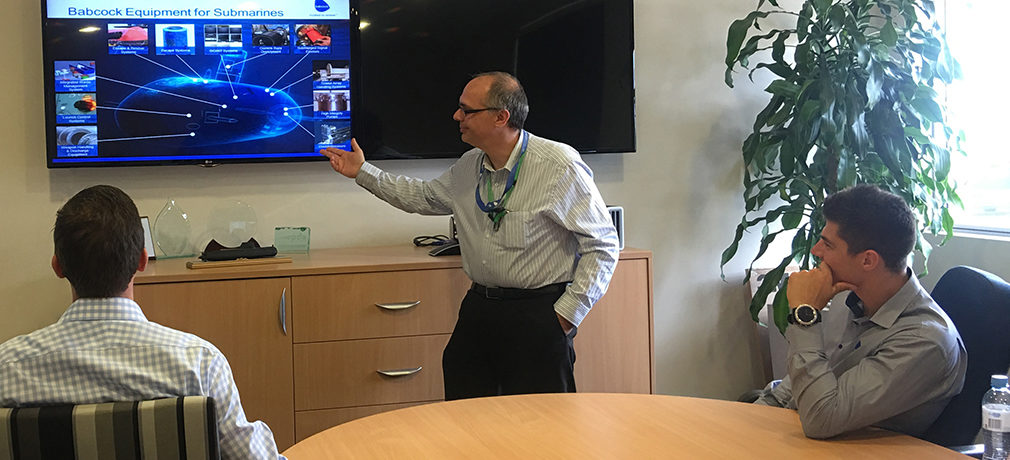Stuart Thornhill
Engineering Manager - Submarines, Australia
A self-proclaimed ‘submarine man through and through’, Stuart Thornhill, an Engineering Manager for Submarines, is adamant that the combination of end-user experience and technical know-how is what sets his team apart in submarine design.
Approximately six years ago, Stuart, born and raised in the UK, made the bold decision to relocate his family to Australia to work with Babcock at the submarine site in Osborne, South Australia. Lured by the Future Submarine program, he left the familiar faces of the close-knit Marine community in the UK, where he had spent 18 years with the Royal Navy and 16 years as a submariner in British Nuclear Submarines, to work on a submarine program that was still very much in its infancy.
Now six years on, Stuart manages the cross-functional engineering team that provides engineering support to the projects that are run out of the Osborne site. This involves performing project management functions such as overseeing budgets, deliverables and timing of projects and ensuring milestones are achieved. But it is his past technical experience on submarines at sea that really makes Stuart valuable to Babcock.
“I provide a lot of background knowledge to Chief Engineers on projects – the functional, practical knowledge about how it really works under water”.
Stuart says besides the technical engineering knowledge, he impresses a project management view on his team. “Schedule and budget are key to delivery, and at the end of the day there isn’t a bottomless pit of money for engineers to spend and polish things to the nth degree. Especially in the submarine world where there is additional work to be done around safety, because things can go wrong very quickly; I know that from experience.”
Stuart says it is paramount to engage with the end user from the beginning when designing a submarine – the people who are going to use it and operate it. He emphasises that “early engagement with people with past experience, particularly those that will be the end-user, is vital to the success of future submarine projects”. He adds that “front loading project estimates to consider and plan for those costs is also essential.”

Collins Class Submarines
However, being able to balance the needs and desires of the end user, with the project parameters of schedule and budget can be difficult – quite often they conflict. Added to this is the need to plan for and consider through-life costs to manage and maintain a vessel. This is where Stuart’s knowledge and experience becomes critical to a project. “The more bells and whistles there are, the higher the operational costs”.
When asked to recall an example of when innovation, experience and teamwork have led to success, Stuart immediately recalls a project where his team had to re-design a hydraulic actuator for a weapons launcher system.
“We were able to create a less expensive and smarter design by bringing a legacy design idea to Australia from the UK. We took an original equipment manufacturer capability from our UK team, improved it, and then had it designed in country. Achieving this meant there was less risk to the system in having to get a part from overseas, there were lower costs to build the equipment, and we could optimise the system for sustainment”.
It is exactly this type of thinking that excites Stuart. “Now that the Future Submarine Program is taking off, the challenge will be to deliver projects well, influence and optimise delivery, then take learnings from past designs and past projects to get even better”.
On reflection of his career and considering the future, Stuart is clearly optimistic. “There is so much opportunity for growth. Babcock started from infancy less than a decade ago in Australia; we’re now a much bigger and more mature business and there is still plenty more opportunity for growth.”

